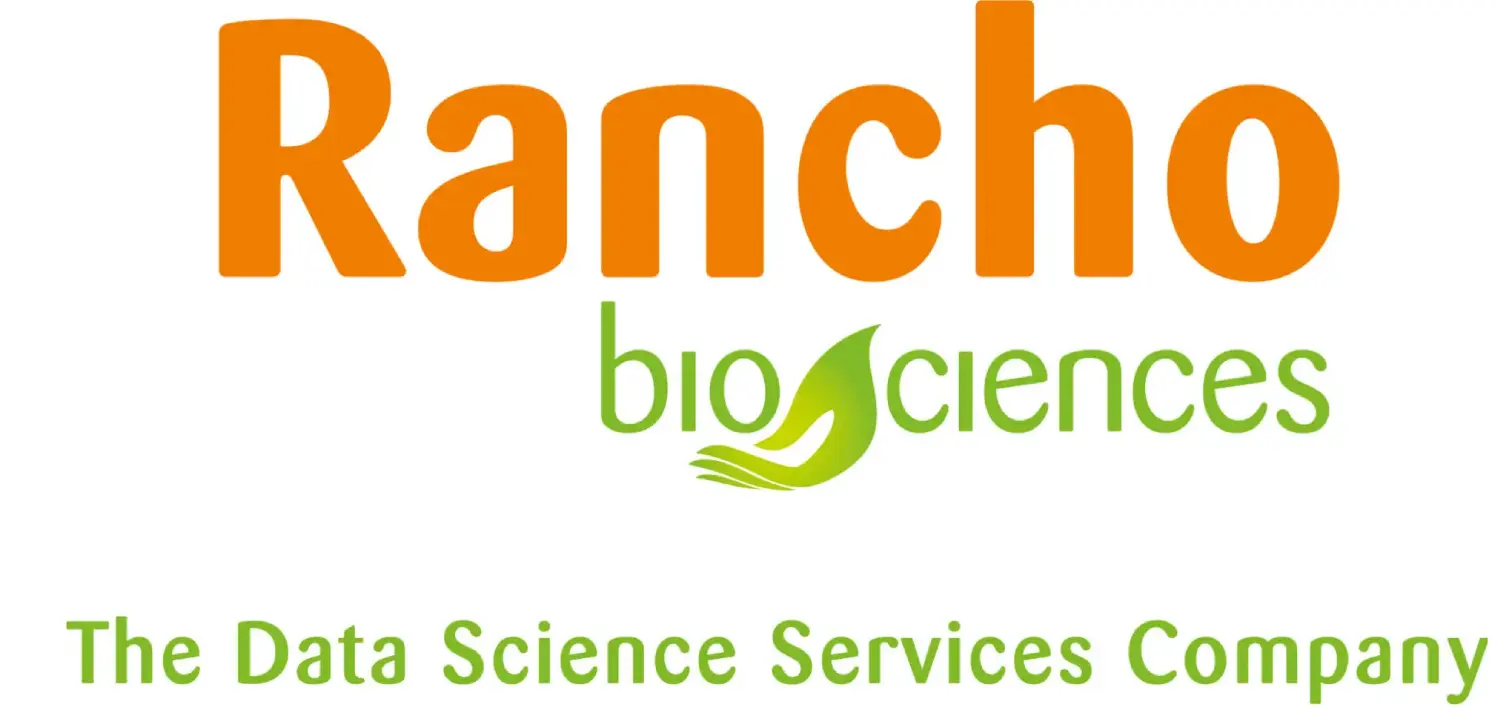Unlocking the Secrets of Life: A Deep Dive into Single-Cell Bioinformatics
Contents
- 1 Single-Cell Bioinformatics Defined
- 2 The Power of Single-Cell Analysis
- 3 Unraveling Cellular Heterogeneity
- 4 Mapping Cellular Trajectories
- 5 The Workflow of Single-Cell Bioinformatics
- 6 Cell Isolation & Preparation
- 7 High-Throughput Sequencing
- 8 Computational Analysis
- 9 Applications Across Biology & Medicine
- 10 Advancing Cancer Research
- 11 Neuroscience Breakthroughs
- 12 Precision Medicine & Therapeutics
- 13 Challenges & Future Directions
In the ever-evolving landscape of biological research, the realm of single-cell bioinformatics has emerged as a powerful tool, allowing scientists to unravel the mysteries hidden within individual cells. This groundbreaking field goes beyond traditional bulk analysis, offering a nuanced understanding of cellular heterogeneity and paving the way for personalized medicine and targeted therapies. Keep reading as we delve into the world of single-cell bioinformatics, exploring its principles, applications, and the transformative impact it has on various branches of biology and medicine.
Single-Cell Bioinformatics Defined
At its core, single-cell bioinformatics is a multidisciplinary field that combines biology, genomics, and computational analysis to investigate the molecular profiles of individual cells. Unlike conventional approaches that analyze a population of cells together, single-cell bioinformatics allows researchers to scrutinize the unique characteristics of each cell, offering unprecedented insights into cellular diversity, function, and behavior.
The Power of Single-Cell Analysis
Unraveling Cellular Heterogeneity
One of the key advantages of single-cell bioinformatics is its ability to unveil the intricacies of cellular heterogeneity. In a population of seemingly identical cells, there can be subtle yet crucial differences at the molecular level. Single-cell analysis enables scientists to identify and characterize these variations, providing a more accurate representation of the true biological landscape.
Mapping Cellular Trajectories
Single-cell bioinformatics goes beyond static snapshots of cells, allowing researchers to track and understand dynamic processes such as cell differentiation and development. By analyzing gene expression patterns over time, scientists can construct cellular trajectories, revealing the intricate paths cells take as they evolve and specialize.
The Workflow of Single-Cell Bioinformatics
Cell Isolation & Preparation
The journey begins with the isolation of individual cells from a tissue or sample. Various techniques, including fluorescence-activated cell sorting (FACS) and microfluidics, are employed to isolate single cells while maintaining their viability. Once isolated, the cells undergo meticulous preparation to extract RNA, DNA, or proteins for downstream analysis.
High-Throughput Sequencing
The extracted genetic material is subjected to high-throughput sequencing, generating vast amounts of data. This step is crucial for capturing the molecular profile of each cell accurately. Advances in sequencing technologies, such as single-cell RNA sequencing (scRNA-seq) and single-cell DNA sequencing (scDNA-seq), have played a pivotal role in the success of single-cell bioinformatics.
Computational Analysis
The real power of single-cell bioinformatics lies in its computational prowess. Analyzing the massive datasets generated during sequencing requires sophisticated algorithms and bioinformatics tools. Researchers employ various techniques, including dimensionality reduction, clustering, and trajectory inference, to make sense of the complex molecular landscapes revealed by single-cell data.
Applications Across Biology & Medicine
Advancing Cancer Research
Single-cell bioinformatics has revolutionized cancer research by providing a detailed understanding of tumor heterogeneity. This knowledge is crucial for developing targeted therapies tailored to the specific molecular profiles of individual cancer cells, ultimately improving treatment outcomes.
Neuroscience Breakthroughs
In neuroscience, single-cell analysis has shed light on the complexity of the brain, unraveling the diversity of cell types and their functions. This knowledge is instrumental in deciphering neurological disorders and developing precise interventions.
Precision Medicine & Therapeutics
The ability to analyze individual cells has immense implications for precision medicine. By considering the unique molecular characteristics of each patient’s cells, researchers can tailor treatments to maximize efficacy and minimize side effects.
Challenges & Future Directions
While single-cell bioinformatics holds immense promise, it’s not without challenges. Technical complexities, cost considerations, and the need for standardized protocols are among the hurdles researchers face. However, ongoing advancements in technology and methodology are gradually overcoming these obstacles, making single-cell analysis more accessible and robust.
Looking ahead, the future of single-cell bioinformatics holds exciting possibilities. Integrating multi-omics data, improving single-cell spatial profiling techniques, and enhancing computational tools will further elevate the precision and depth of our understanding of cellular biology.
As we navigate the frontiers of biological research, single-cell bioinformatics stands out as a transformative force, unlocking the secrets encoded within the microscopic realms of individual cells. From personalized medicine to unraveling the complexities of diseases, the applications of single-cell analysis are vast and promising. As technology advances and researchers continue to refine their methods, the insights gained from single-cell bioinformatics will undoubtedly shape the future of biology and medicine, offering a clearer and more detailed picture of life at the cellular level.
If you’re looking for a reliable and experienced partner to help you with your data science projects, look no further than Rancho BioSciences. We’re a global leader in data curation, analysis, and visualization for life sciences and healthcare. Our team of experts can handle any type of data, from NGS data analysis to genomics and clinical trials, and deliver high-quality results in a timely and cost-effective manner. Whether you need to clean, annotate, integrate, visualize, or interpret your data, Rancho BioSciences can provide you with customized solutions that meet your specific needs and goals. Contact us today to find out how we can help you with your data science challenges.
